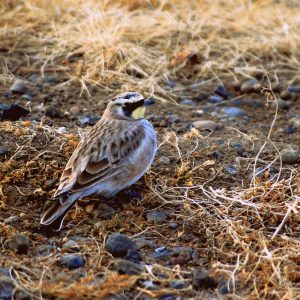It’s been nearly a month since I first arrived in Modoc County, and so far it has been a dense experience. Settling into a new routine, getting caught up on projects, and meeting new people always seems like a whirlwind. It is always exciting for me to settle into a new place. Being that every place is defined by a unique ecology, culture, and landscape I find endless enjoyment experiencing the uniqueness of a new place. No two places I’ve spent time have been the same, and the similarities and contrasts between people I’ve encountered throughout my journey have added richness and value to my life.
Seeking out diverse experiences is a priority of mine. I think that in order to best understand the complexity of the contemporary world, having a wide array of experiences is vital. The decision to come to Alturas, CA was in favor of having a new and different experience.
For at least the next five months, I will be filling a wildlife field biologist position with the BLM in the Alturas Field Office in northern California. Sage Grouse have been my focus thus far. My job has mainly consisted of counting individual birds on breeding grounds (leks) in order to get an idea of the population size of the region. Besides warping my sleep schedule to fit the funky hours of a wildlife biologist the work has been fun and rewarding. Plus, I’ve gotten to see plenty of spectacular high desert sunrises on my morning lek count duties. The Modoc plateau is home to a peripheral sage grouse population. The population is isolated from the rest of the Great Basin by the Warner Mountains, and there has been a steady decline of breeding birds over the past half a century. In this part of the Great Basin seeing any number of birds is a good sign. As the lekking season comes to a close I am looking forward to finding out what the other work I will be doing this summer will entail.
Cheers,
Phil Krening – BLM Alturas, CA




